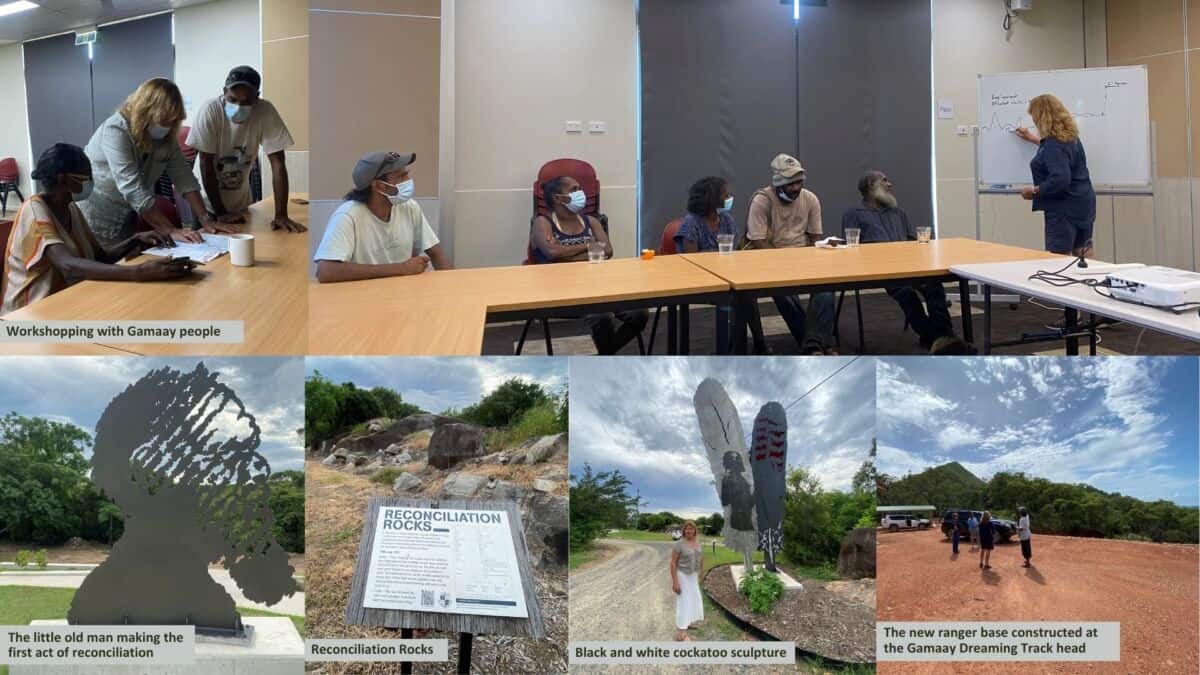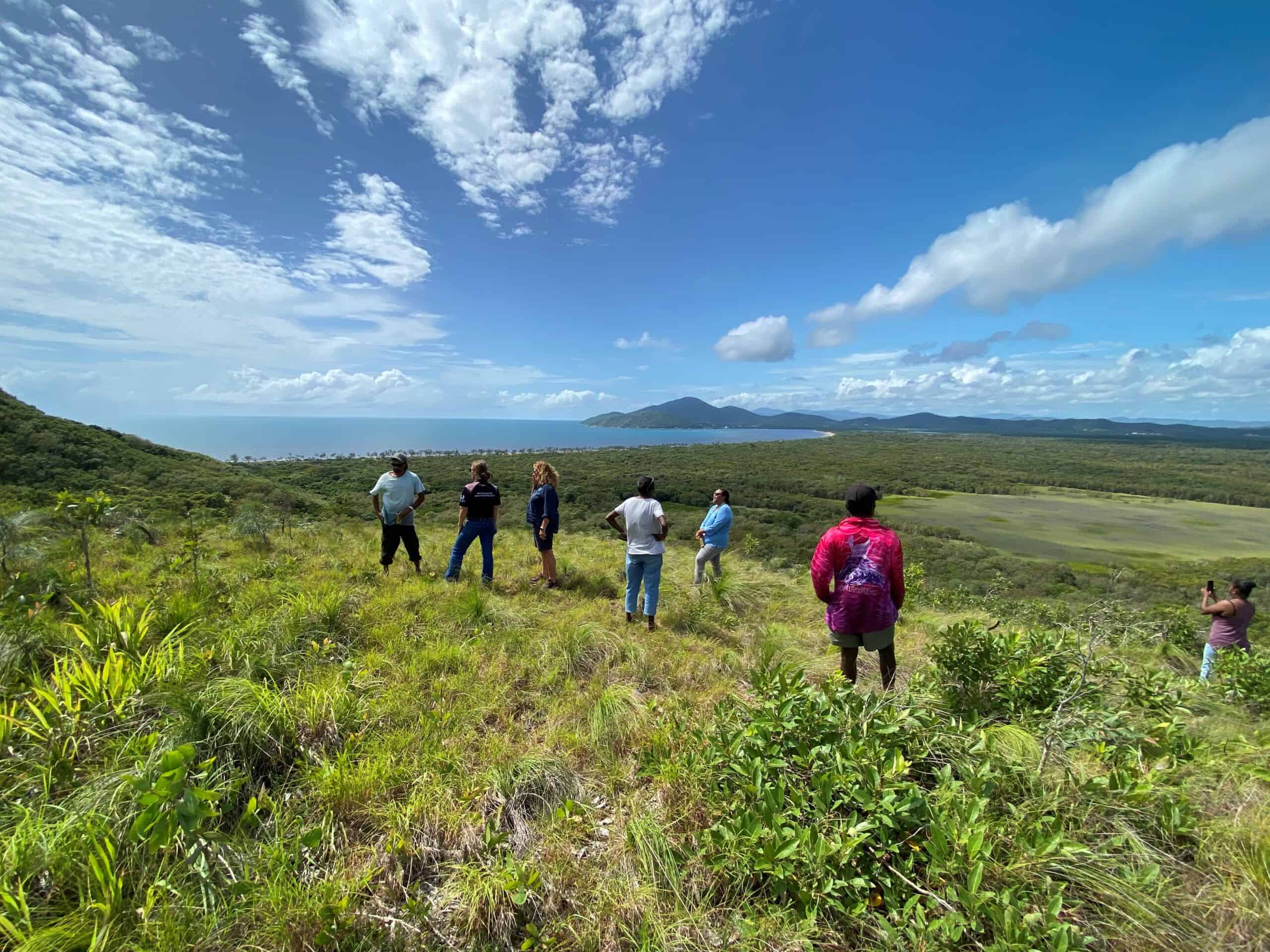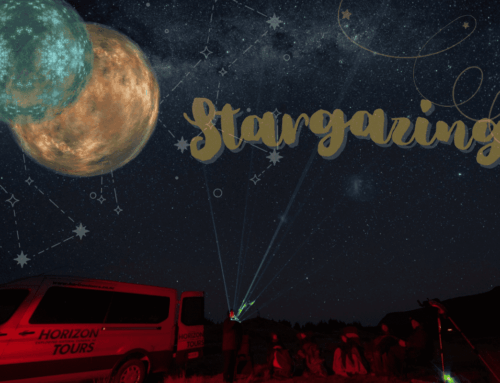By TRC Tourism Consultant, Tracey Diddams
In 1770, 18 years before Australia’s European settlement, the first recorded act of Australian reconciliation took place between Bamangay people and Cook’s Endeavour crew in Cooktown, Far North Queensland.
Captain James Cook’s crew had been collecting turtles to sustain them for the ongoing voyage. It was not the right time to hunt turtles as it was breeding season, during this season Bamangay people protected turtles. The Bamangay were upset about this act of disrespect and breach of cultural lore. The incident had the potential to escalate into bloodshed, but as fate would have it, Cook and his crew landed at Waymburr, the site where Cooktown sits today. Waymburr was known culturally as a ‘safe haven’, a place where warring and conflict did not occur, where disputes were settled, women gave birth, ceremonies were held and resources shared.
The Bamangay men, ready to fight Cook for taking turtles instead retreated. Observing cultural protocols of the safe haven, they sat down 100 metres away from where James Cook sat on some rocks.
‘The little old man came forward to us carrying a lance without a point. We beckoned him to come; he then spoke to the others who all laid their lances against a tree and leaving them came forward likewise and soon came quite to us.’ Sir Joseph Banks, Botanist
‘We now returned the darts we had taken from them which reconciled everything.’ Captain James Cook.
The act of breaking a spear tip and presenting it to Cook and his crew was an act of reconciliation and peace from the Bamangay people. An act at the time that was acknowledged by Captain James Cook as noted in both his and Sir Joseph Banks journals.
As many Australian children did, I learned about Captain James Cook and his voyage on the Endeavour. I learned about early non-Indigenous settlement of this land. It wasn’t until last week that I finally learned about the reconciliation story of Cooktown, shared with me by the Gamaay people – Ancestors of the Bamangay. The 250th anniversary of Cook’s landing was celebrated last year at the annual Discovery Festival – this is a living story so special, it truly needs to be shared if we are ever going to achieve reconciliation and healing with our First Nations people.
In 2015, as part of the journey towards reconciliation and healing, a range of project partners worked together with the Gamaay people on the concept of a Gamaay Dreaming Track. A 24 kilometre walking journey traversing rocky coastal ridges, long stretches of white sandy beaches, rainforests and sea cliffs, it is believed this country is so untouched it would have been as Cook had viewed it 250 years ago. Fast forward to 2022, TRC has started working together with Gamaay Aboriginal Corporation and the Cook Shire Council to help bring the Gamaay Dreaming Track concept to life.
TRC’s Director Janet Mackay and I had the absolute honour of spending last week in Cooktown, being warmly welcomed to country by Gamaay. Many people have the dream of establishing a multi-day walking track, but few get it right. The key ingredients of scenery, access, stories, attractions, experience and overall wow factor may not exist, making the creation of a track not necessarily the right idea. Without a doubt, the Gamaay Dreaming Track has all of these key ingredients and more! We were absolutely overwhelmed – the humbling feeling of being somewhere so special intertwined with breathtaking views, an experience just for us being generously shared by Gamaay people, the total immersion in nature, the proud connection to country. As with all trail success stories though, the trail alone doesn’t make the experience. Our week was spent talking about the big and small steps needed towards achieving realistic goals that are curated, delivered and owned by Gamaay. We are excited about these first steps towards what will be an unbelievable trail experience, as we continue working with both the Gamaay Aboriginal Corporation and the Cook Shire Council on product development and business planning. An experience that delivers sustainable training and employment for Gamaay people, enables a continuation of culture through providing job pathways for young Gamaay people and opportunities to share culture and stories with visitors – fostering reconciliation and healing. This is a story every Australian and visitor to Australia needs to hear and become a part of.








